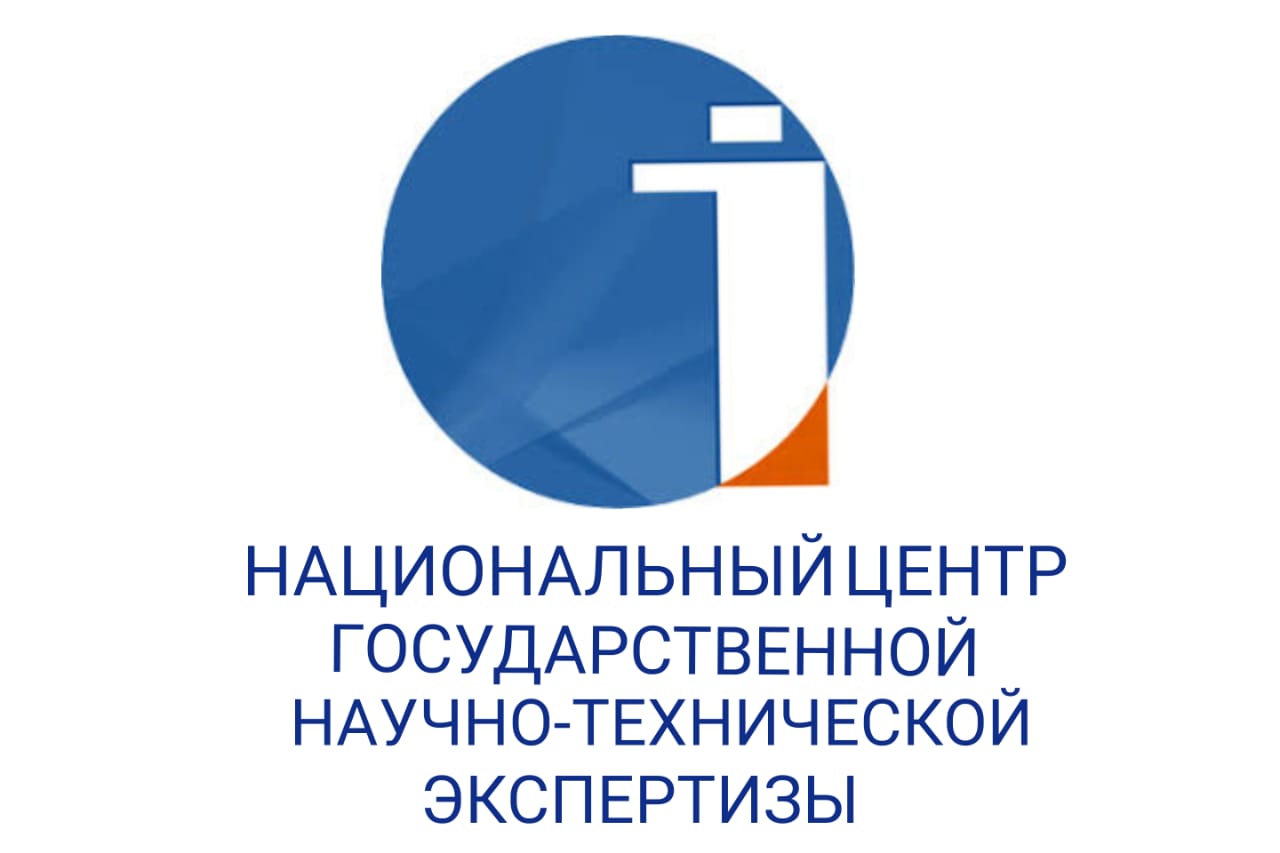THE LINGUISTIC LANDSCAPE IN A MULTILINGUAL SCHOOL IN ASTANA
DOI:
https://doi.org/10.48371/PHILS.2023.83.55.020Keywords:
linguistic landscape, language signs, multilingualism, trilingual schools, language policy, trilingual education, language ideology, language functionsAbstract
Fostered by several policy documents, the large-scale implementation and promotion of trilingual education have become one of the key elements of Kazakhstan's language policy. Investigating the linguistic landscape of schools can help offer insights into how trilingualism practices are being realised, allowing us to compare the de jure language policy with the de facto language use. The study aimed to examine how the promotion of trilingualism is reflected in the linguistic landscape of one trilingual school in Astana, Kazakhstan, where the languages of instruction are Kazakh, Russian, and English. The signs in the school corridors were analysed using the quantitative method according to the following criteria: (a) the number of languages on signs, (b) the presence and absence of languages on signs, (c) the order and size of languages on signs, (d) top-down and bottom-up signs, and (e) the functions of the signs. The study results showed that Russian dominated the signs, playing the main informational function within the school context. While largely present in top-down representational signs as an official "state language", Kazakh was seldomly used in regulatory signs that communicate important "do as I tell you messages". The absence of student-produced signs in Kazakh indicated that despite being promoted through the official language policy with the help of top-down representational signs, Kazakh seemed to lack bottom-up support from the school community. English, on the other hand, prevailed in the student-made posters. This can be explained by its relative prestige and popularity among the youth and the common perception that associates knowledge of English with success and upward social mobility. The current study adds to the growing body of literature about the linguistic landscape of schools by showing how the de jure language policy can be reflected in de facto language use through school signs.








